Home>Articles>What Does A Blinking Light On A Smoke Detector Mean
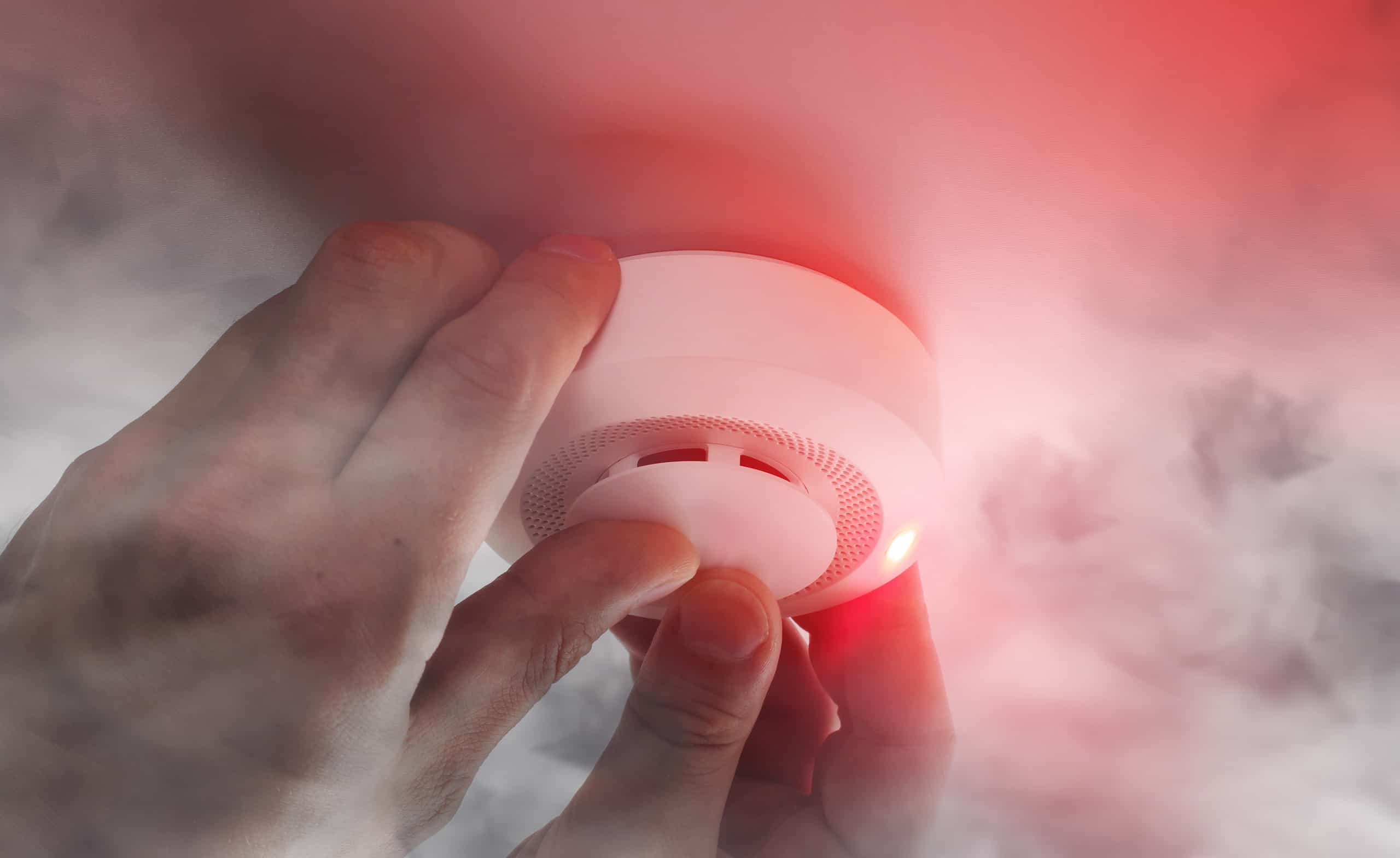

Articles
What Does A Blinking Light On A Smoke Detector Mean
Modified: February 24, 2024
Learn what a blinking light on a smoke detector means and how to interpret the warning signs. Stay informed with our informative articles on home safety.
(Many of the links in this article redirect to a specific reviewed product. Your purchase of these products through affiliate links helps to generate commission for Storables.com, at no extra cost. Learn more)
Introduction
Welcome to our comprehensive guide on smoke detectors! In this article, we will explore the importance of smoke detectors, the different types available, and most importantly, what a blinking light on a smoke detector means. Whether you’re a homeowner or a renter, understanding the functionality and troubleshooting of smoke detectors is crucial for your safety and peace of mind.
Smoke detectors are essential devices that can save lives by alerting us to the presence of smoke or fire. They are designed to detect the early signs of a fire and emit a loud alarm to give occupants enough time to evacuate safely. However, smoke detectors can sometimes malfunction or exhibit unusual blinking lights, causing confusion and concern.
In this article, we will uncover the meanings behind those blinking lights and provide troubleshooting tips to help you address any issues you may encounter with your smoke detector. Remember, it’s vital to have a working smoke detector in your home to ensure the safety of yourself and your loved ones.
So, let’s dive in and explore the world of smoke detectors, starting with the basics.
Key Takeaways:
- Understanding the meaning of blinking lights on smoke detectors and addressing them promptly is crucial for ensuring the safety of your home and loved ones. Regular testing, maintenance, and replacement are essential for optimal performance.
- Knowing when to replace smoke detectors, staying informed, and taking proactive steps to maintain their effectiveness are vital for safeguarding your home from the devastating effects of fire. Prioritize fire safety to protect your family and property.
Understanding Smoke Detectors
Before we delve into the different types of smoke detectors and their blinking lights, let’s familiarize ourselves with how these devices work. Smoke detectors are essentially sensing devices that detect the presence of smoke particles in the air. They are equipped with sensors that can detect the smallest traces of smoke, which allows them to detect fires at their early stages.
The most common type of smoke detector is the ionization smoke detector. This type of detector contains a small amount of radioactive material that ionizes the air inside the detector chamber. When smoke particles enter the chamber, the ionization process is disrupted, triggering the alarm. Ionization smoke detectors are particularly effective at detecting fast, flaming fires, which produce smaller smoke particles.
The other type of smoke detector is the photoelectric smoke detector. This type uses a beam of light inside the detector chamber. When smoke particles enter the chamber, they scatter the light beam, which then triggers the alarm. Photoelectric smoke detectors are better at detecting slow, smoldering fires that produce larger smoke particles.
Some smoke detectors utilize a combination of both ionization and photoelectric technologies. These dual-sensor detectors provide a higher level of protection by detecting a wider range of fires. It’s important to choose the right type of smoke detector for your specific needs and to have an adequate number of detectors installed throughout your home.
In addition to understanding the different types of smoke detectors, it’s important to be aware of their placement. Smoke detectors should be installed on every level of your home, including the basement and attic. They should be placed near bedrooms and in common areas such as living rooms, hallways, and kitchens. It’s also advisable to install smoke detectors inside each bedroom for added protection.
Regular maintenance and testing of smoke detectors are crucial to ensure their proper function. This includes testing the alarms monthly, replacing batteries annually (or as needed), and replacing the entire smoke detector every 10 years. By taking these steps, you can have peace of mind knowing that your smoke detectors are functioning optimally.
Now that we have a better understanding of smoke detectors, let’s explore why they are so important.
Importance of Smoke Detectors
Smoke detectors play a critical role in keeping us safe from the dangers of fire. Here are some key reasons why having functioning smoke detectors in your home is of utmost importance:
- Early Detection: Smoke detectors are designed to detect smoke at its earliest stages. By alerting you to the presence of smoke, they provide crucial time to evacuate and seek safety before a fire spreads.
- Life-Saving Alarms: When smoke is detected, smoke detectors emit loud and piercing alarms. This loud noise can wake you up from sleep, alert you to danger, and give you time to escape or take appropriate measures to extinguish the fire.
- Protection during Sleep: Fires can occur at any time, including during the night when you may be asleep. Smoke detectors are especially important in bedrooms and sleeping areas to ensure that you are alerted promptly in case of a fire.
- Potential Damage Mitigation: Early detection by smoke detectors can help minimize the damage caused by fires. By alerting authorities and emergency services at the earliest opportunity, the chances of containing the fire and preventing it from spreading are significantly increased.
- Protecting Loved Ones: Having functioning smoke detectors can protect your loved ones, including children, the elderly, and pets, who may be unaware of the dangers of fire and may not be able to react quickly. Smoke detectors provide an additional layer of protection for their safety.
- Compliance with Regulations: Many jurisdictions have laws and regulations requiring the installation of smoke detectors in residential buildings. Compliance with these regulations ensures that your home is up to code and provides a safe environment for inhabitants.
It’s important to underscore that smoke detectors are not foolproof, and they alone cannot prevent fires. Practicing fire safety measures such as proper fire prevention, having fire extinguishers, knowing evacuation plans, and conducting regular fire drills are all crucial elements of a comprehensive fire safety plan.
Now that we understand the importance of smoke detectors, let’s explore the different types of smoke detectors commonly found in homes.
Common Types of Smoke Detectors
Smoke detectors come in various types, each designed to suit specific needs and environments. Let’s take a closer look at the most common types of smoke detectors:
- Ionization Smoke Detectors: These detectors use a small amount of radioactive material to ionize the air inside a chamber. When smoke particles enter the chamber, they disrupt the ionization process, triggering the alarm. Ionization smoke detectors are particularly effective at detecting fast, flaming fires. However, they may be prone to false alarms triggered by steam or cooking fumes.
- Photoelectric Smoke Detectors: This type of detector uses a light source and a photocell. When smoke enters the chamber, it scatters the light beam, triggering the alarm. Photoelectric smoke detectors are better at detecting slow, smoldering fires, which produce larger smoke particles. They are less prone to false alarms caused by cooking or steam, making them a good choice for kitchens and bathrooms.
- Dual-Sensor Smoke Detectors: These detectors combine ionization and photoelectric technologies to provide enhanced fire detection. Dual-sensor detectors are capable of detecting both fast-flaming fires and slow-smoldering fires, offering a higher level of protection and reducing the likelihood of false alarms.
- Interconnected Smoke Detectors: Interconnected smoke detectors are wired together, so when one detector senses smoke, all interconnected detectors sound the alarm. This ensures that the alarm is heard throughout the entire home, maximizing early warning and allowing for quicker and safer evacuation.
- Wireless Smoke Detectors: Wireless smoke detectors use radio frequency to communicate with each other. This eliminates the need for complicated wiring and allows for easy installation and flexibility in placement. Wireless smoke detectors are especially useful in older homes or rental properties where running wires may be challenging.
It’s important to note that different areas may have specific regulations on the type and placement of smoke detectors. Be sure to check local building codes and regulations to ensure compliance when installing or replacing smoke detectors in your home.
Now that we’re familiar with the common types of smoke detectors, let’s move on to understanding what a blinking light on a smoke detector means and why it’s important to address it.
Blinking Light on Smoke Detector: What Does it Mean?
Seeing a blinking light on your smoke detector can be unsettling and may raise concerns about its functionality. However, it’s important to understand that a blinking light is not necessarily an indication of a malfunction or an immediate threat. In fact, the blinking light on a smoke detector often serves as a helpful status indicator. Let’s explore what the various blinking light patterns on smoke detectors mean:
- Steady Green Light: A steady green light usually indicates that the smoke detector is receiving power and functioning normally. This light is commonly seen when the smoke detector is connected to an electrical power source or has a fresh battery installed.
- Steady Red Light: A steady red light can mean different things depending on the smoke detector model. In some detectors, a steady red light indicates that the device has entered “alarm memory” mode, which means it recently detected smoke or a fire. This can be useful in identifying which smoke detector was triggered if you have multiple units in your home. In other models, a steady red light may indicate a fault or a problem with the detector.
- Intermittent Red Light: An intermittent or flashing red light can indicate that the smoke detector has a low battery and needs to be replaced or the battery needs to be changed. It’s important to address this promptly to ensure the proper functioning of the smoke detector. Refer to the manufacturer’s instructions for the specific steps required to replace the battery.
- Continuous Flashing Red Light: A continuous flashing red light is often a warning sign that the smoke detector is malfunctioning or needs attention. This could indicate a fault in the device’s sensors, a low backup battery, or another issue that requires troubleshooting or professional assistance.
- No Light: If there is no light at all on your smoke detector, it may be a sign that the unit is not receiving power. Check if the electrical power source is connected properly or if the battery needs to be replaced.
It’s essential to consult the user manual or contact the manufacturer for your specific smoke detector model to understand the meanings of the blinking light patterns. These indicators can vary between different brands and models.
If you’re unsure about the meaning of the blinking light or if it persists despite troubleshooting, it’s advisable to contact a professional electrician or the manufacturer’s customer support for further assistance.
Now that we know what the blinking lights indicate, let’s explore some of the possible causes for a blinking light on a smoke detector.
A blinking light on a smoke detector usually indicates a low battery. Replace the battery immediately to ensure the detector is functioning properly.
Possible Causes of Blinking Light on Smoke Detector
When you see a blinking light on your smoke detector, it’s important to identify the possible causes to determine the appropriate action. Here are some common reasons for a blinking light on a smoke detector:
- Low Battery: The most common cause of a blinking light on a smoke detector is a low battery. When the battery power decreases, the smoke detector’s indicator light starts flashing to notify you that the battery needs to be replaced. It’s crucial to address this promptly by replacing the battery with a fresh one.
- Faulty Battery: Sometimes, even after replacing the battery, the smoke detector may continue to blink. This can be a result of using a faulty or expired battery. Ensure that the battery you are using is not expired and is designed for use in smoke detectors.
- Faulty Wiring: If your smoke detector is hardwired to the electrical system of your home, a blinking light could indicate an issue with the wiring. Loose connections, damaged wires, or a tripped circuit breaker can cause the smoke detector to blink. In this case, it’s advisable to contact a qualified electrician to inspect and resolve the wiring issue.
- Interference: Some smoke detectors, especially wireless models, can experience interference from other electronic devices or external sources. This interference can disrupt the normal functioning of the smoke detector and result in a blinking light. Try relocating the smoke detector away from potential sources of interference.
- Sensor Dust or Contamination: Over time, smoke detector sensors can accumulate dust or other contaminants, causing the device to malfunction. This can trigger a blinking light or false alarms. Regularly clean your smoke detectors by gently vacuuming the vents or using compressed air to remove any accumulated dust or debris.
- Aging Detectors: Smoke detectors have a limited lifespan, typically around 10 years. As they age, their components may deteriorate, leading to malfunctions and a blinking light. If your smoke detector is older than 10 years, it’s recommended to replace it with a new one to ensure continued safety.
It’s important to note that these are general causes, and different smoke detector models may have specific reasons for a blinking light. Consulting the manufacturer’s instructions or contacting their customer support can provide more accurate information for your particular device.
Now that we’ve explored the possible causes of a blinking light on a smoke detector, let’s move on to troubleshooting steps to address this issue.
Troubleshooting Blinking Light on Smoke Detector
When faced with a blinking light on your smoke detector, it’s important to troubleshoot the issue to ensure the proper functioning of the device. Here are some steps you can take to address a blinking light on a smoke detector:
- Check the Battery: Start by checking the battery in your smoke detector. Ensure that it is correctly installed and that it has enough power. If the battery is low or expired, replace it with a fresh one, specifically designed for smoke detectors. Remember to test the smoke detector after replacing the battery.
- Clean the Smoke Detector: Dust or debris on the smoke detector sensors can cause a blinking light or false alarms. Carefully clean your smoke detector by gently vacuuming the vents or using compressed air to remove any accumulated dust or contaminants. Be sure to follow the manufacturer’s instructions for cleaning to avoid damaging the device.
- Check for Interference: If you have a wireless smoke detector, it may be experiencing interference from other electronic devices. Move the smoke detector away from potential sources of interference, such as cordless phones, Wi-Fi routers, or microwaves, and monitor if the blinking light persists.
- Replace the Smoke Detector: If your attempts to troubleshoot the blinking light are unsuccessful, or if your smoke detector is over 10 years old, it may be time to replace it. Smoke detectors have a limited lifespan, and old or malfunctioning detectors pose a safety risk. Install a new smoke detector following the manufacturer’s instructions and test it to ensure proper operation.
- Consult the Manufacturer: If you have followed the troubleshooting steps and the blinking light persists, or if you are unsure about the cause of the issue, it’s recommended to contact the manufacturer’s customer support for further assistance. They can provide specific guidance based on your smoke detector model and help resolve any issues you may be experiencing.
Remember, having a properly functioning smoke detector is crucial for your safety. Regularly test your smoke detectors, replace batteries annually, and replace the detectors themselves every 10 years to ensure optimal performance.
If you rent your home or reside in a multi-unit building, it’s also important to notify your landlord or building management about any issues with the smoke detectors, so they can take appropriate action to address the problem.
With these troubleshooting steps, you’ll be able to address a blinking light on your smoke detector and ensure the continued safety of your home and loved ones.
Now that we’ve covered troubleshooting, let’s discuss when it’s time to replace your smoke detectors.
When to Replace Smoke Detectors
Smoke detectors are essential safety devices that require regular maintenance and periodic replacement to ensure their effective operation. Here are some important factors to consider when determining when to replace your smoke detectors:
- Age: The age of a smoke detector is a crucial factor in determining when to replace it. Most smoke detectors have a recommended lifespan of about 10 years. Over time, the sensors and other components inside the detector may deteriorate, compromising their reliability. It’s advisable to replace smoke detectors that are more than 10 years old, even if they seem to be functioning properly.
- Outdated Technology: Advancements in technology have led to the development of more sophisticated and reliable smoke detectors. If your smoke detectors are using outdated technology, it’s worth considering an upgrade to a newer model that offers improved features, such as dual-sensor detection or wireless connectivity.
- Malfunctioning Detectors: If you have smoke detectors that frequently malfunction, such as giving false alarms or not responding to smoke, it’s crucial to replace them. Malfunctioning smoke detectors can fail to function during an actual fire event, putting your safety at risk. Regular testing and troubleshooting can help identify malfunctioning detectors that need replacement.
- Changes in Building Codes: Building codes and regulations regarding smoke detectors may change over time. If your smoke detectors are not compliant with current building codes, it’s important to replace them with updated models that meet the requirements. Staying up-to-date with building codes helps ensure that your home is safe and meets the necessary standards.
- Battery Replacement: While replacing batteries annually is essential for the proper functioning of smoke detectors, if your smoke detector continues to have issues even after battery replacement, it may be an indication that the detector itself needs to be replaced. Persistent problems like blinking lights, frequent false alarms, or a lack of responsiveness could indicate a larger issue that requires the installation of a new smoke detector.
It’s important to mention that specific smoke detector models may come with their own recommendations regarding when to replace the units. Always refer to the manufacturer’s instructions and guidelines for your particular smoke detector model.
Regularly testing your smoke detectors and performing routine maintenance can help prolong their lifespan and ensure their reliability. Test your smoke detectors monthly by pressing the test button and immediately replace any detectors that fail this test.
Lastly, remember to keep a record of the installation dates and replacement dates for your smoke detectors. This will help you keep track of when they need to be replaced, ensuring that your home remains protected by properly functioning smoke detectors at all times.
Now that we’ve discussed when to replace smoke detectors, let’s conclude our comprehensive guide on smoke detectors.
Conclusion
In conclusion, smoke detectors are crucial devices that play a vital role in keeping us safe from the dangers of fire. Understanding the functionality of smoke detectors, the importance of their proper installation and maintenance, and knowing how to interpret and address a blinking light are all essential for ensuring the effectiveness of these life-saving devices.
Throughout this comprehensive guide, we have explored the different types of smoke detectors, including ionization, photoelectric, dual-sensor, interconnected, and wireless models. We have learned about the importance of having functioning smoke detectors in our homes, as they provide early detection, life-saving alarms, and protection during sleep.
We have also discussed the meaning of a blinking light on a smoke detector and the possible causes behind it, such as low battery, faulty wiring, interference, and sensor contamination. By following the troubleshooting steps provided, you can address the blinking light issue and maintain the proper functioning of your smoke detectors.
Furthermore, we have highlighted when it’s time to replace smoke detectors, emphasizing factors such as age, outdated technology, malfunctioning detectors, changes in building codes, and battery replacement. Regular testing, maintenance, and replacement of smoke detectors are essential to ensure optimal performance and effectiveness in detecting and alerting us to the presence of smoke or fire.
Remember, the safety of yourself, your family, and your home should always be a top priority. If you have any concerns or uncertainties regarding your smoke detectors, refer to the manufacturer’s instructions or contact their customer support for further assistance.
By staying informed and proactive in maintaining and replacing your smoke detectors, you are taking important steps to safeguard your home and loved ones from the devastating effects of fire. Take action today to ensure the continued effectiveness of your smoke detectors and prioritize fire safety in your daily life.
Frequently Asked Questions about What Does A Blinking Light On A Smoke Detector Mean
Was this page helpful?
At Storables.com, we guarantee accurate and reliable information. Our content, validated by Expert Board Contributors, is crafted following stringent Editorial Policies. We're committed to providing you with well-researched, expert-backed insights for all your informational needs.
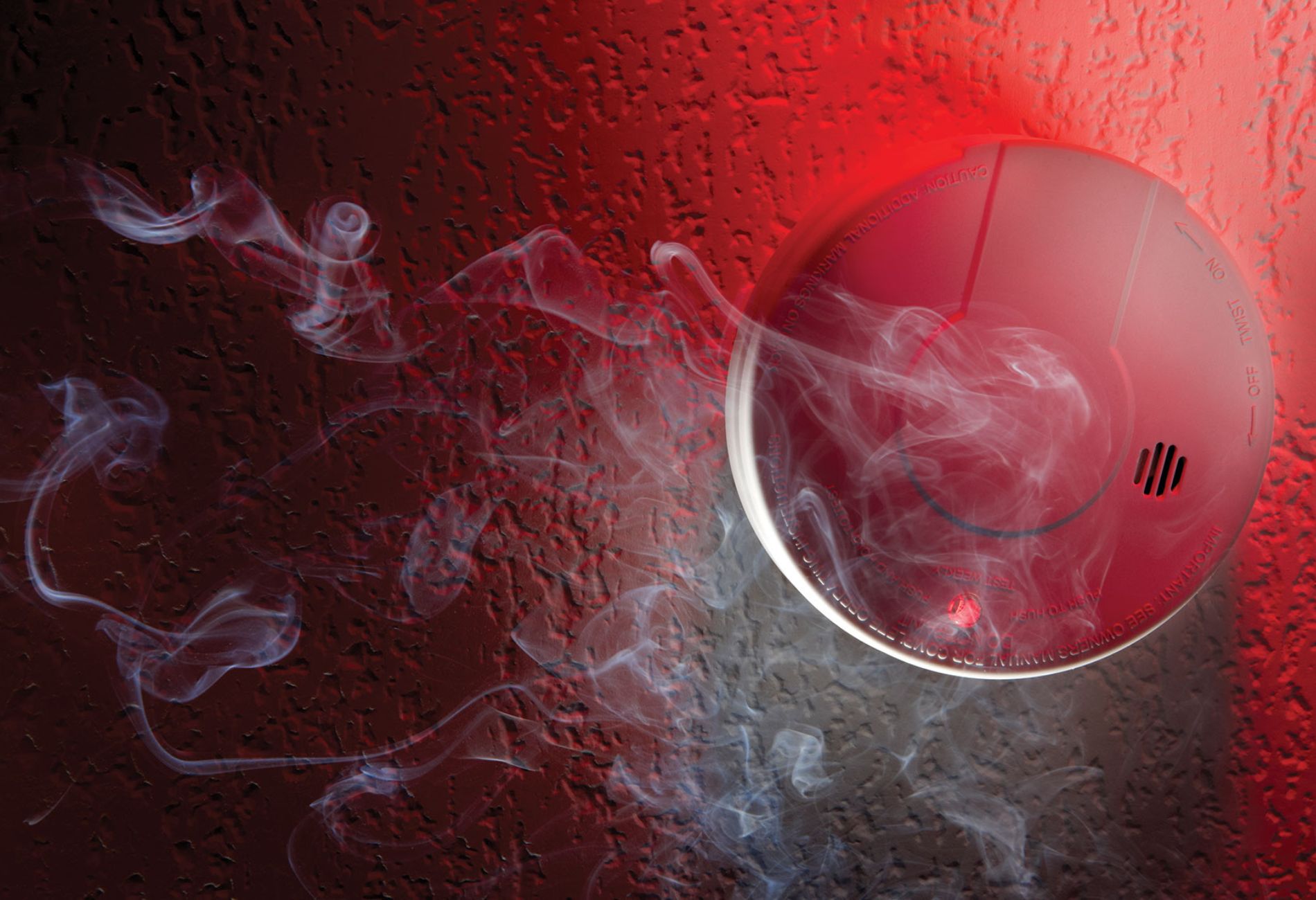
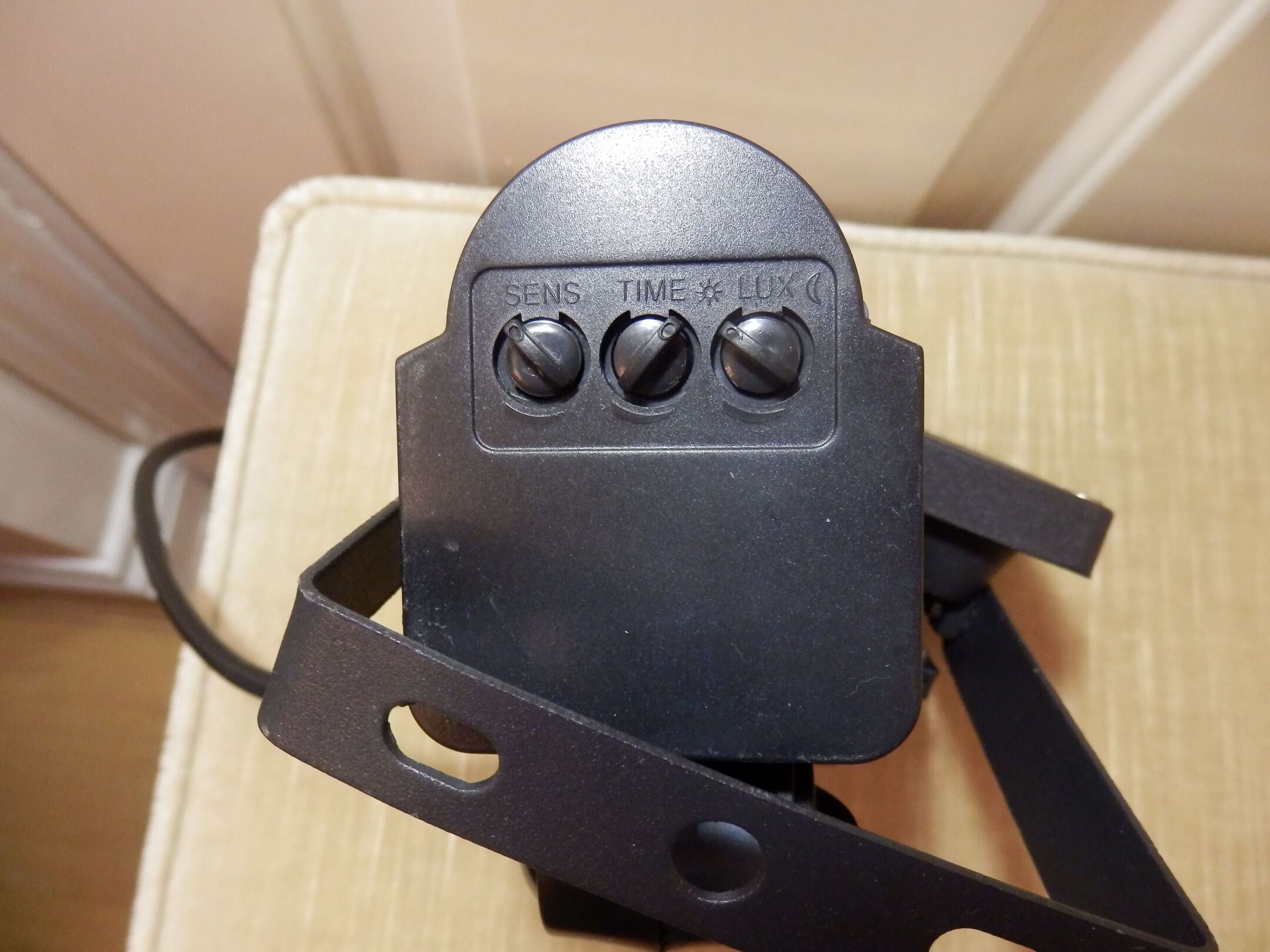
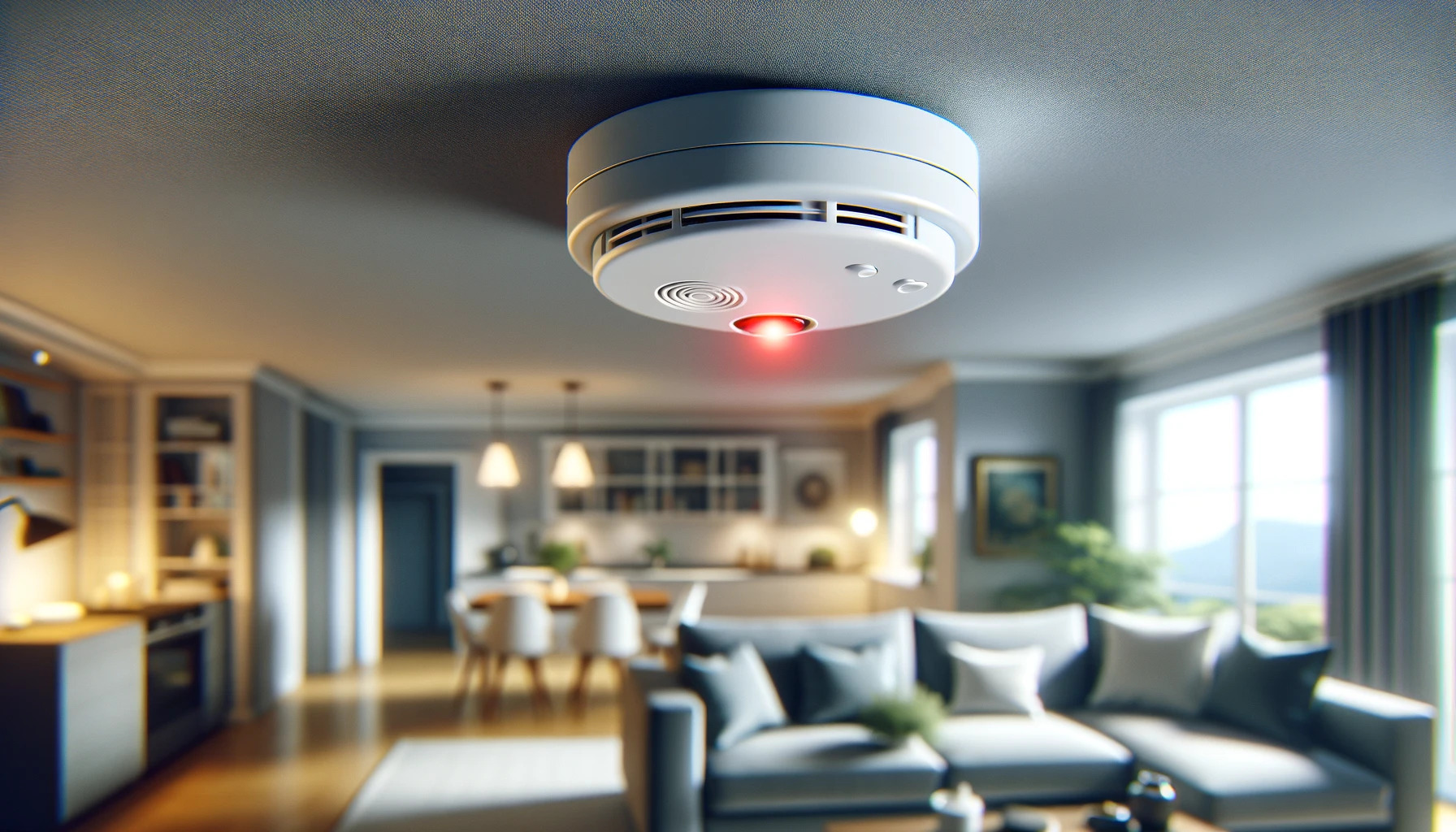
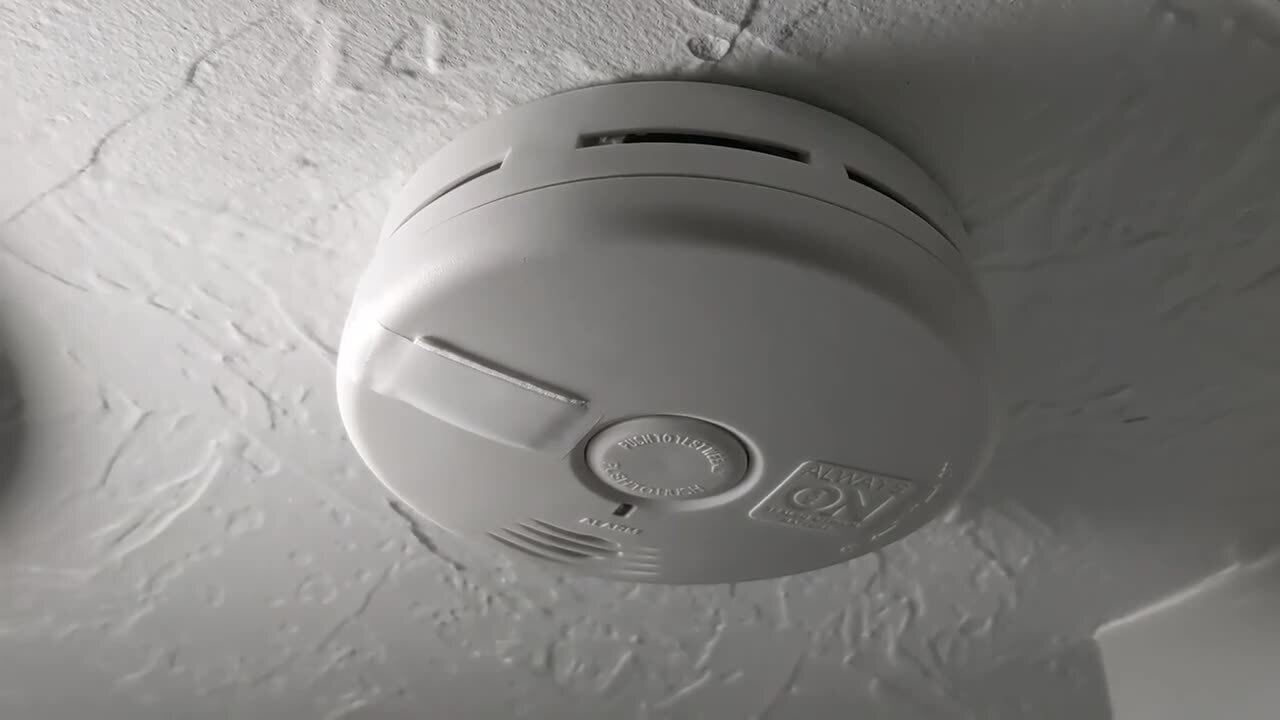
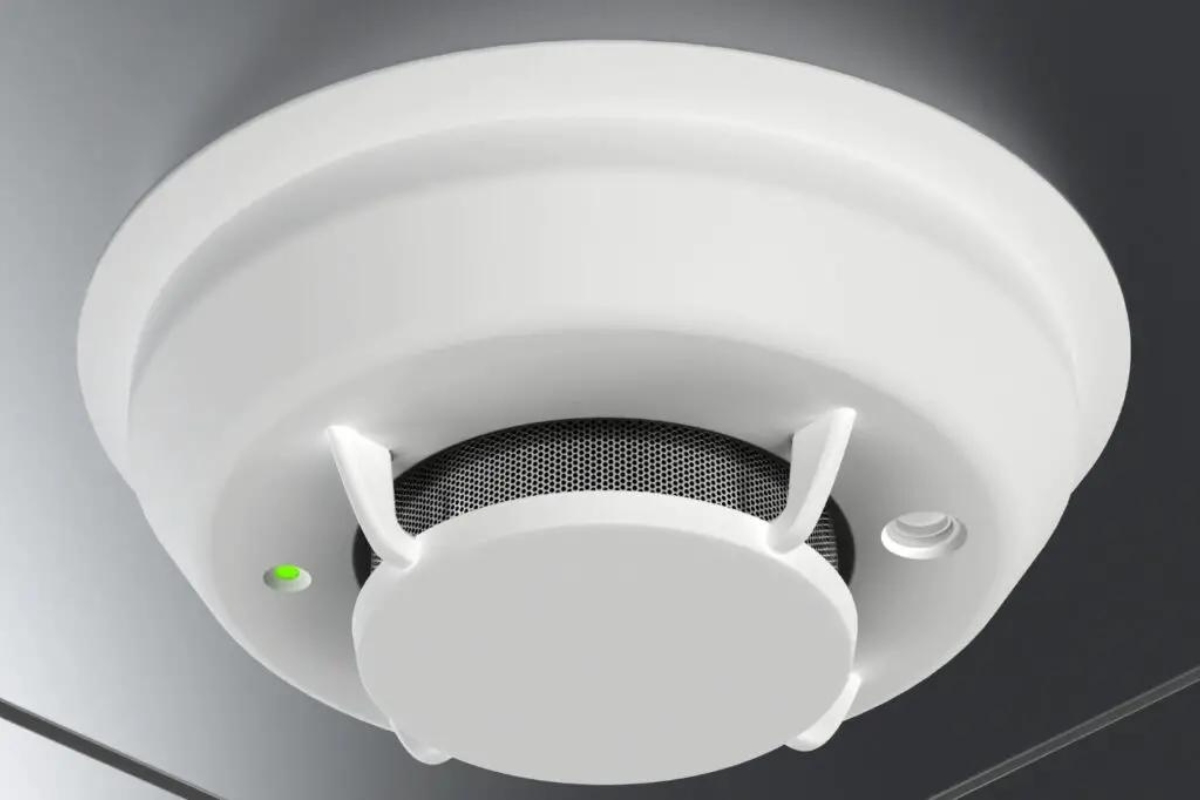
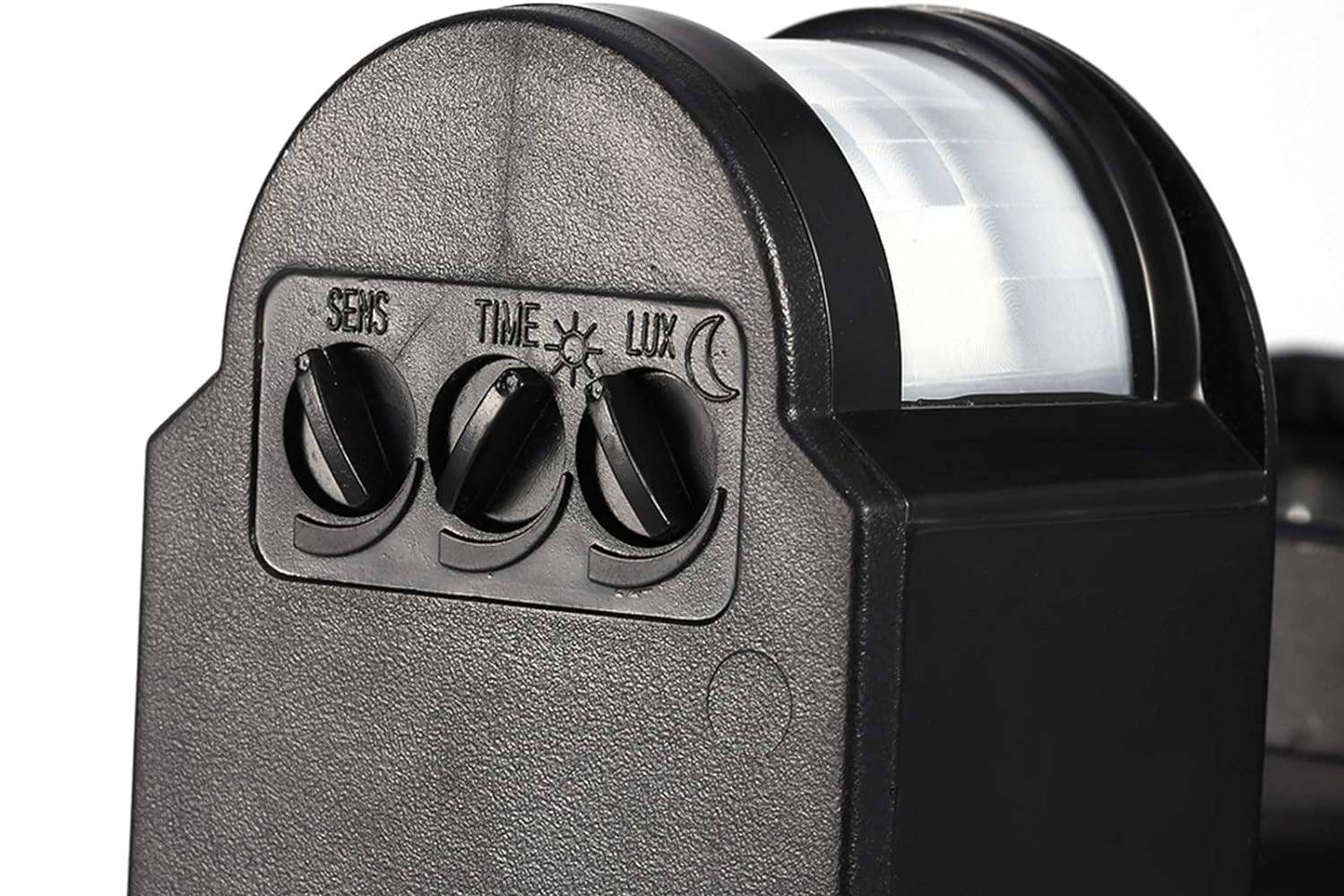
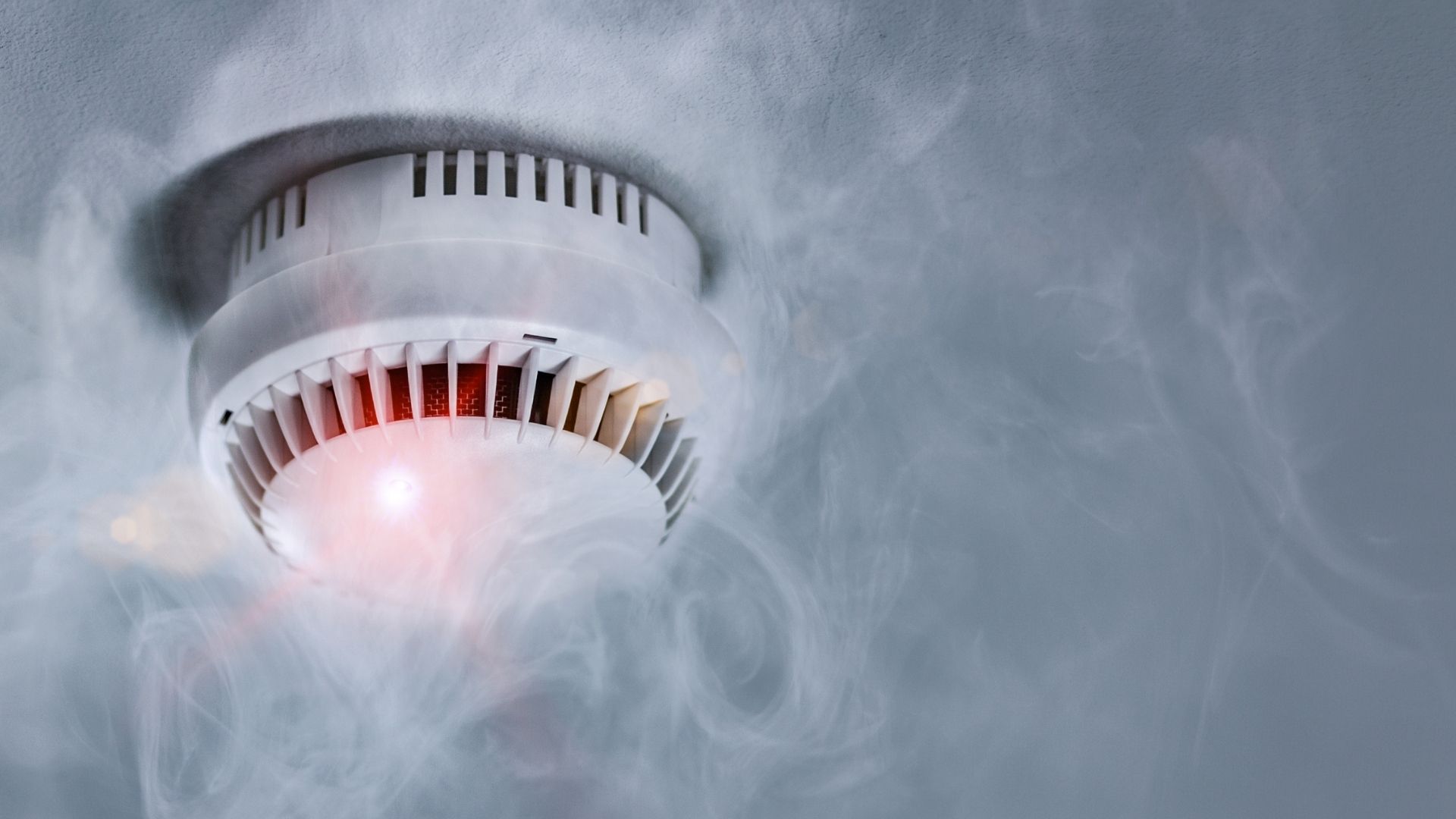
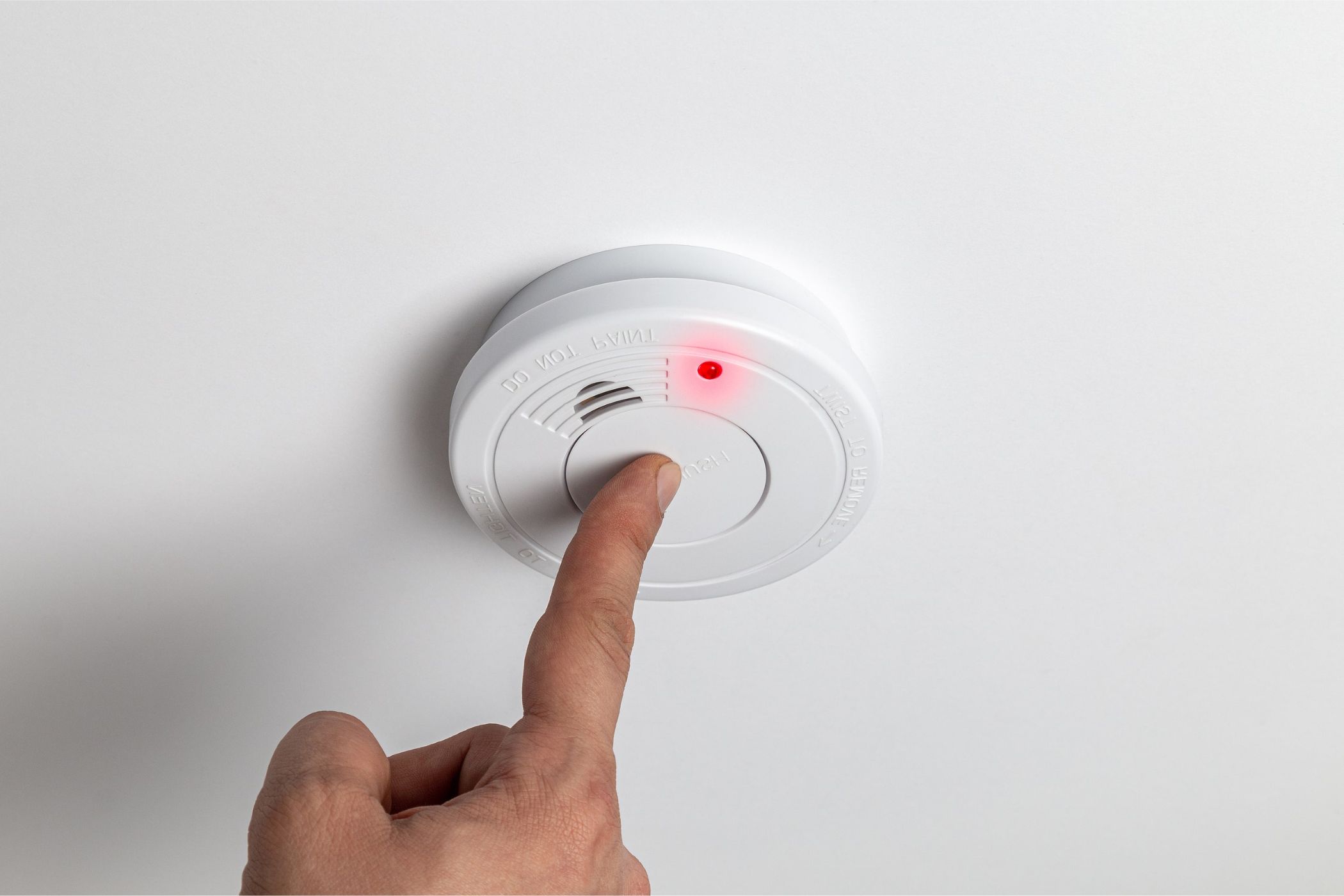
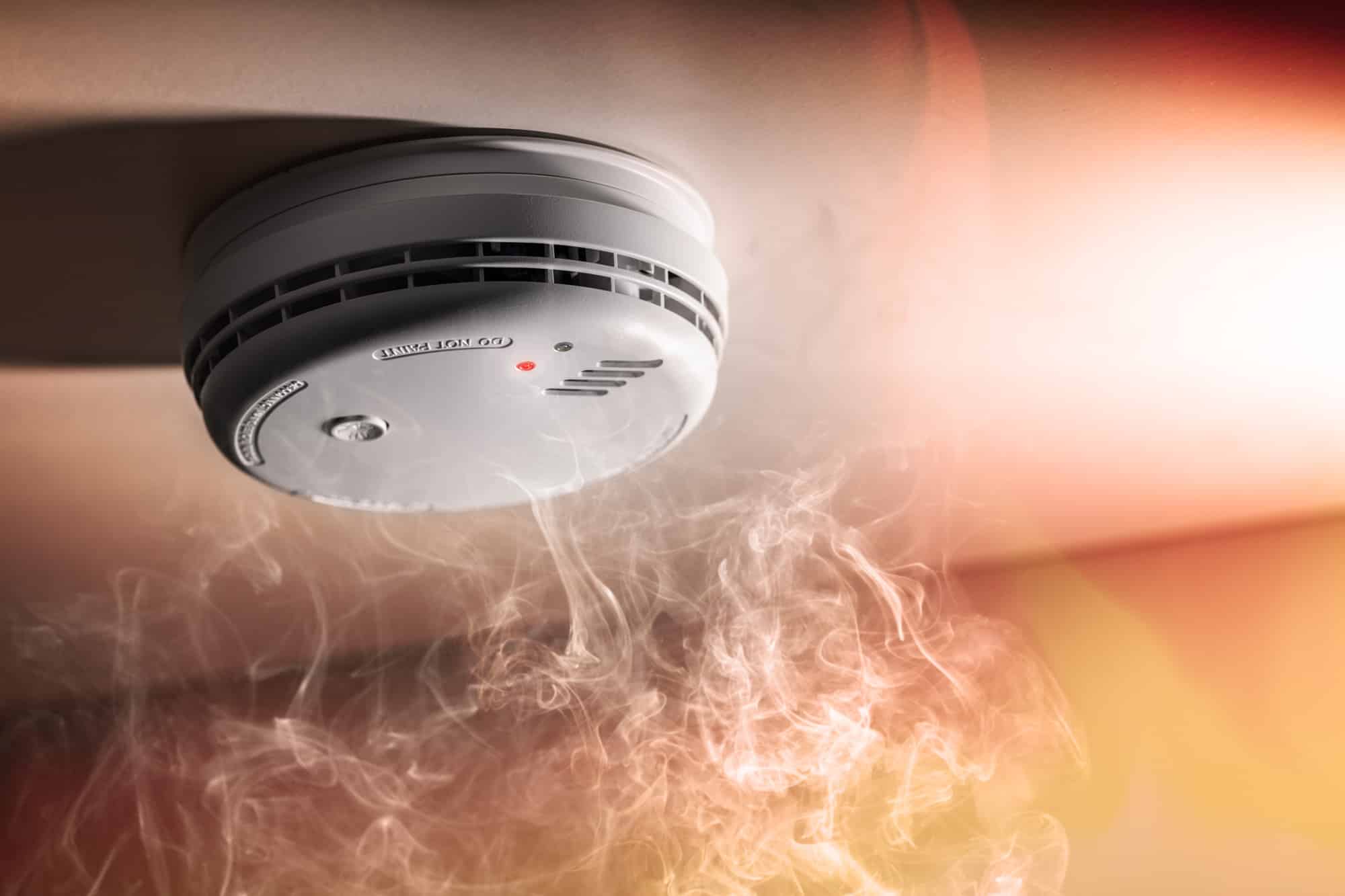

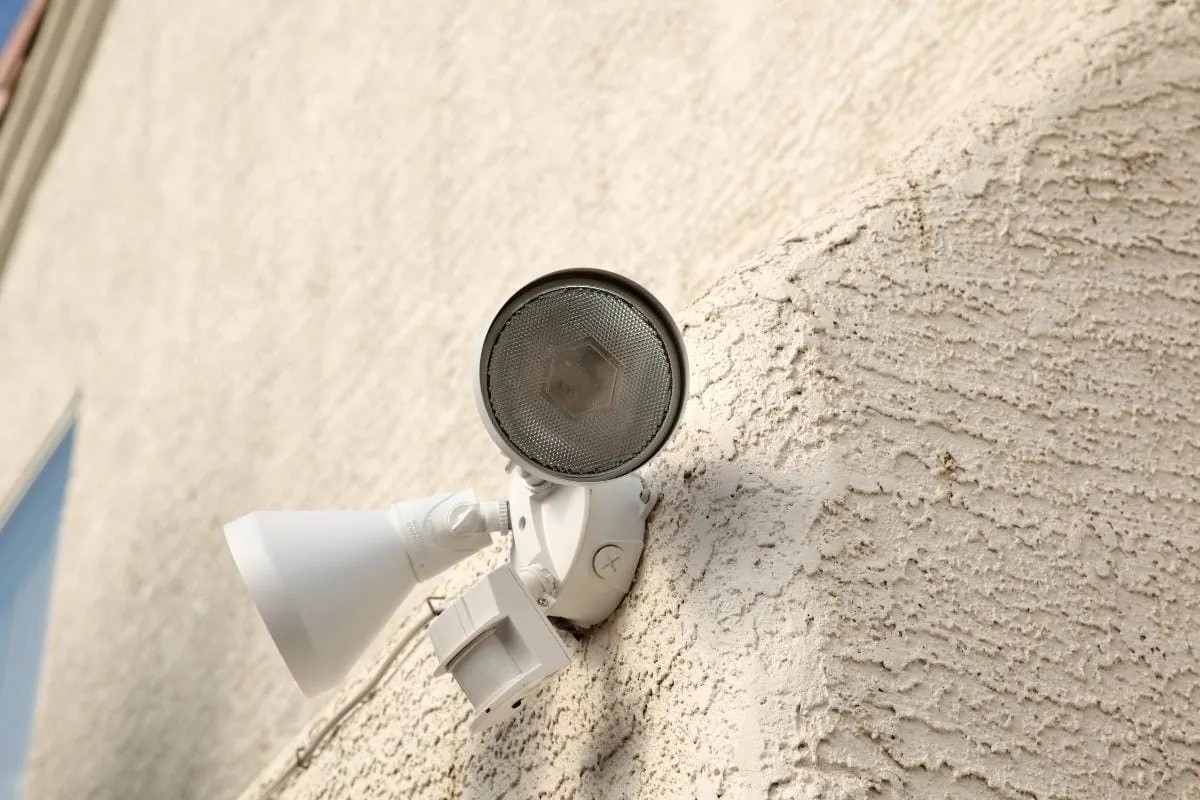
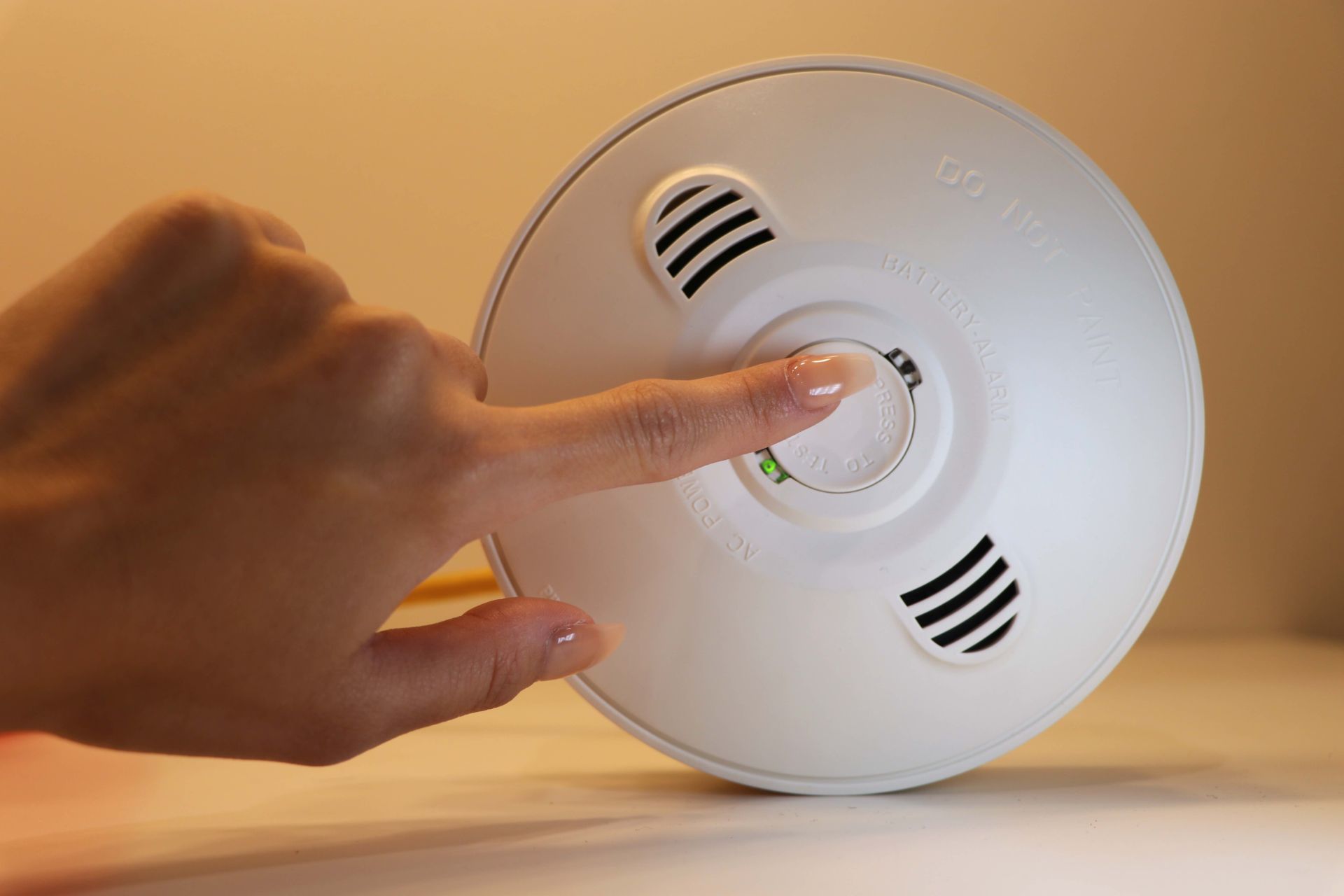
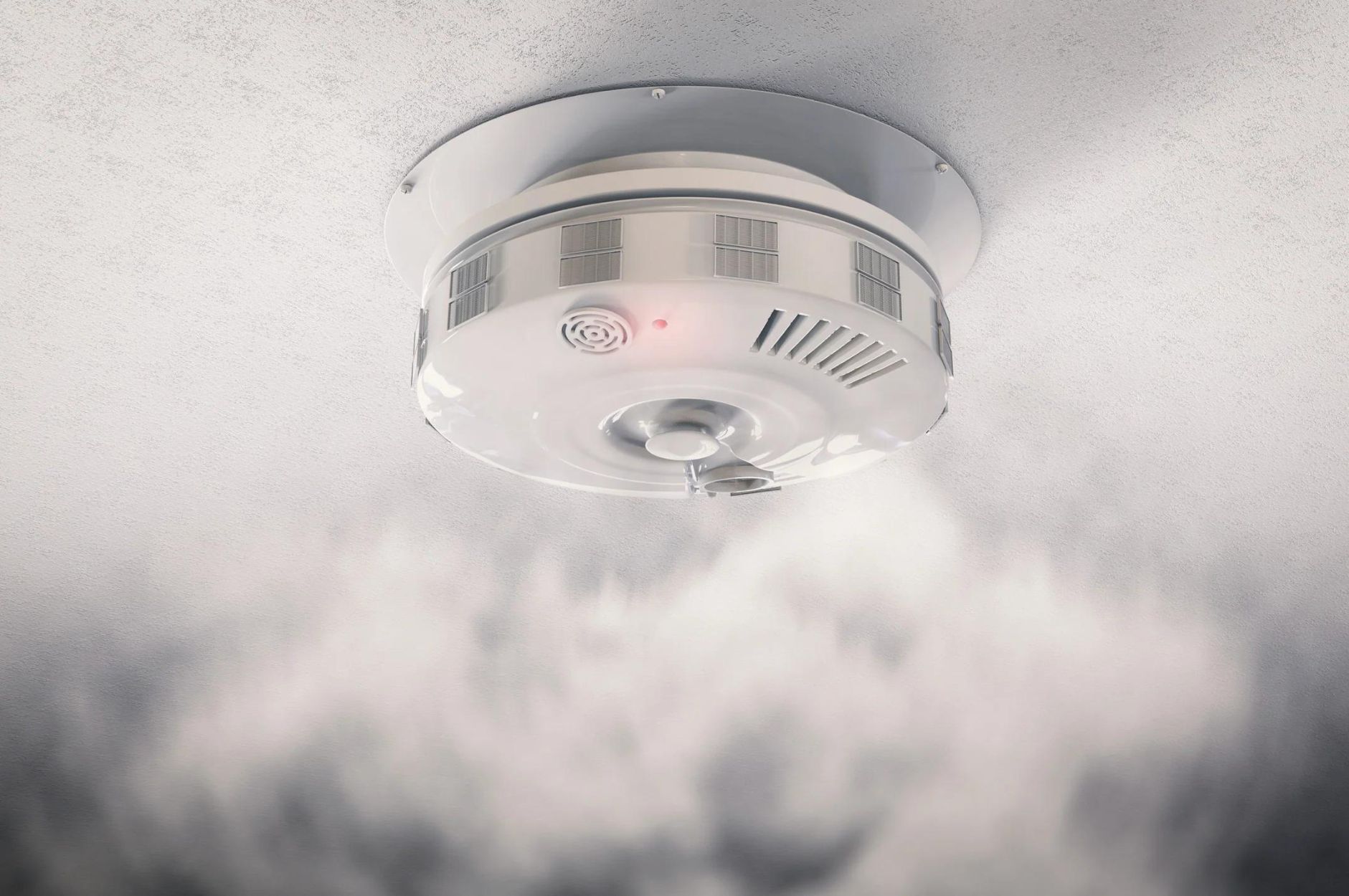
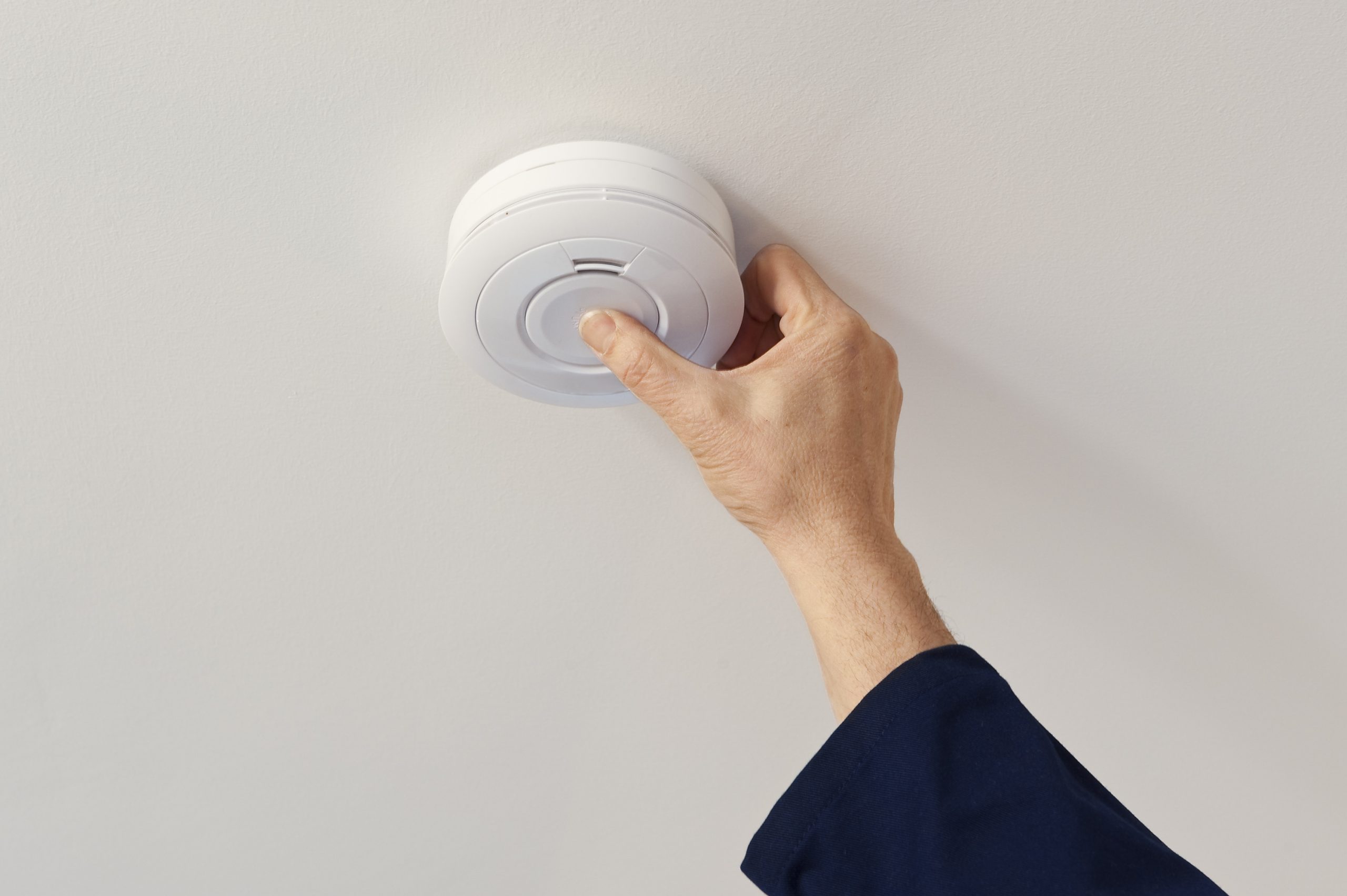

0 thoughts on “What Does A Blinking Light On A Smoke Detector Mean”